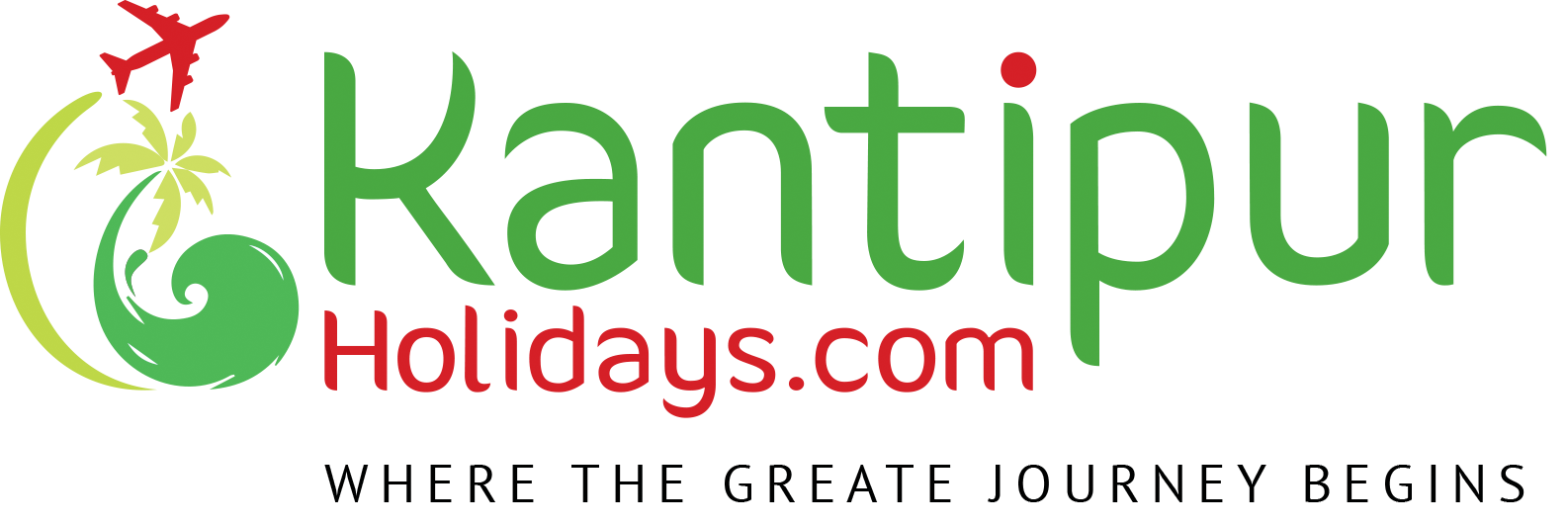FRANCE
France, in Western Europe, encompasses medieval cities, alpine villages and Mediterranean beaches. Paris, its capital, is famed for its fashion houses, classical art museums including the Louvre and monuments like the Eiffel Tower. The country is also renowned for its wines and sophisticated cuisine. Lascaux’s ancient cave drawings, Lyon’s Roman theater and the vast Palace of Versailles attest to its rich history
Main Destinations
• Paris: Paris is one of the world’s most beautiful cities. Check out its iconic landmarks like the Eifel Tower and the Champs-Elysées and then take a romantic walk in Montmartre. Paris’ museums are among the best in the world, and the Louvre leads the way.
• Lyon: Lyon is an ancient city full of amazing sites like the Roman Amphitheater, the Basilica of Notre-Dame de Fourvière, and the beautiful Fontaine Bartholdi. It’s also known for its amazing Lyonnaise food!
• Nice: The port town of Nice is popular among beachgoers and history buffs alike. This French Riviera town is filled with a remarkable architecture, fantastic beaches, and a great art scene. Visit the Old Town Nice, the main square Place Masséna, and the colorfully domed St. Nicholas Russian Orthodox Cathedral. Learn about the life of famed painter Henri Matisse and the Matisse Museum.
Location and borders
The vast majority of France's territory and the population is situated in Western Europe and is called Metropolitan France, to distinguish it from the country's various overseas polities. It is bordered by the North Sea in the north, the English Channel in the northwest, the Atlantic Ocean in the west, and the Mediterranean Sea in the southeast. Its land borders consist of Belgium and Luxembourg in the northeast, Germany, and Switzerland in the east, Italy and Monaco in the southeast, and Andorra and Spain in the south and southwest. With the exception of the northeast, most of France's land borders are roughly delineated by natural boundaries and geographic features: to the south and southeast, the Pyrenees and the Alps and the Jura, respectively, and to the east, the Rhine River. Due to its shape, France is often referred to as a hexagon ("The Hexagon"). Metropolitan France includes various coastal islands, of which the largest is Corsica. Metropolitan France is situated mostly between latitudes 41° and 51° N, and longitudes 6° W and 10° E, on the western edge of Europe, and thus lies within the northern temperate zone. Its continental part covers about 1000 km from north to south and from east to west.
Capital City
Paris, the city, and capital of France are situated in the north-central part of the country. People were living on the site of the present-day city, located along the Seine River some 233 miles (375 km) upstream from the river's mouth on the English Channel (La Manche), by about 7600 BCE
Main Airport
Paris Charles de Gaulle Airport
Paris Charles de Gaulle Airport (French: Aéroport de Paris-Charles-de-Gaulle, IATA: CDG, ICAO: LFPG), also known as Roissy Airport, is the largest international airport in France and the second busiest airport in Europe after Heathrow Airport, in London.
Language Spoken
French, the official language, is the first language of 88% of the population. Most of those who speak minority languages also speak French, as the minority languages are given no legal recognition. 3% of the population speak German dialects, predominantly in the eastern provinces of Alsace-Lorraine and Moselle
Currency
The franc also commonly distinguished as the French franc (FF), was a currency of France. ... legal tender). It circulated alongside the Monegasque franc in Monaco, with which it had equal value. These currencies were all replaced by the euro in 2002.
EMERGENCY CALLS
SAMU (Ambulance): 15.
Police: 17.
Fire: 18.
General Emergency: 112 (EU-wide emergency number that will contact emergency services in any EU country or language; have this number on hand while traveling around Europe!)
PEAK SEASON
High season in France is from May to July, because of warm and splendid weather, but again, do expect more crowds and if you're planning to visit the Eiffel tower or similar, please do reserve your tickets in advance. Most restaurants and shops close in August, as it is the French holiday season.
LOW SEASON
October - November is the beginning of the low season in France. Fall can be rather wet, and since the rush season is over, the attractions in Paris will be open for fewer hours. However, the off-season offers great bargains for travelers.
TEMPERATURE
France generally enjoys cool winters and mild summers except along the Mediterranean where mild winters and hot summers are the norms. Average winter temperatures range from 32° F to 46° F and average summer temperatures from 61° F to 75° F.




